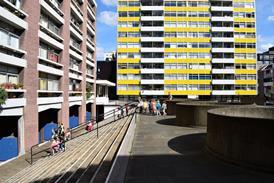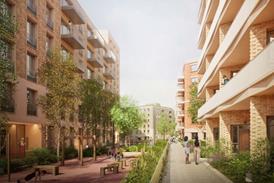- Home
- Intelligence for Architects
- Subscribe
- Jobs
- Events

2025 events calendar Explore now 
Keep up to date
Find out more
- Programmes
- CPD
- More from navigation items
Historic England reveals 2022 listing highlights in annual round-up

1920s Edwin Lutyens-designed garden and a convent for “fallen” women among newly protected sites
A sunken garden designed by Edwin Lutyens, a prefabricated iron church and an 18th Century watermill drawn by landscape artist John Constable are among the highlights of Historic England’s annual round-up of newly listed sites.
The government’s heritage advisor has added 240 sites across the country to the National Heritage List for England this year.
…
This content is available to registered users | Already registered?Login here
You are not currently logged in.
To continue reading this story, sign up for free guest access
Existing Subscriber? LOGIN
REGISTER for free access on selected stories and sign up for email alerts. You get:
- Up to the minute architecture news from around the UK
- Breaking, daily and weekly e-newsletters
Subscribe to Building Design and you will benefit from:

- Unlimited news
- Reviews of the latest buildings from all corners of the world
- Technical studies
- Full access to all our online archives
- PLUS you will receive a digital copy of WA100 worth over £45
Subscribe now for unlimited access.






